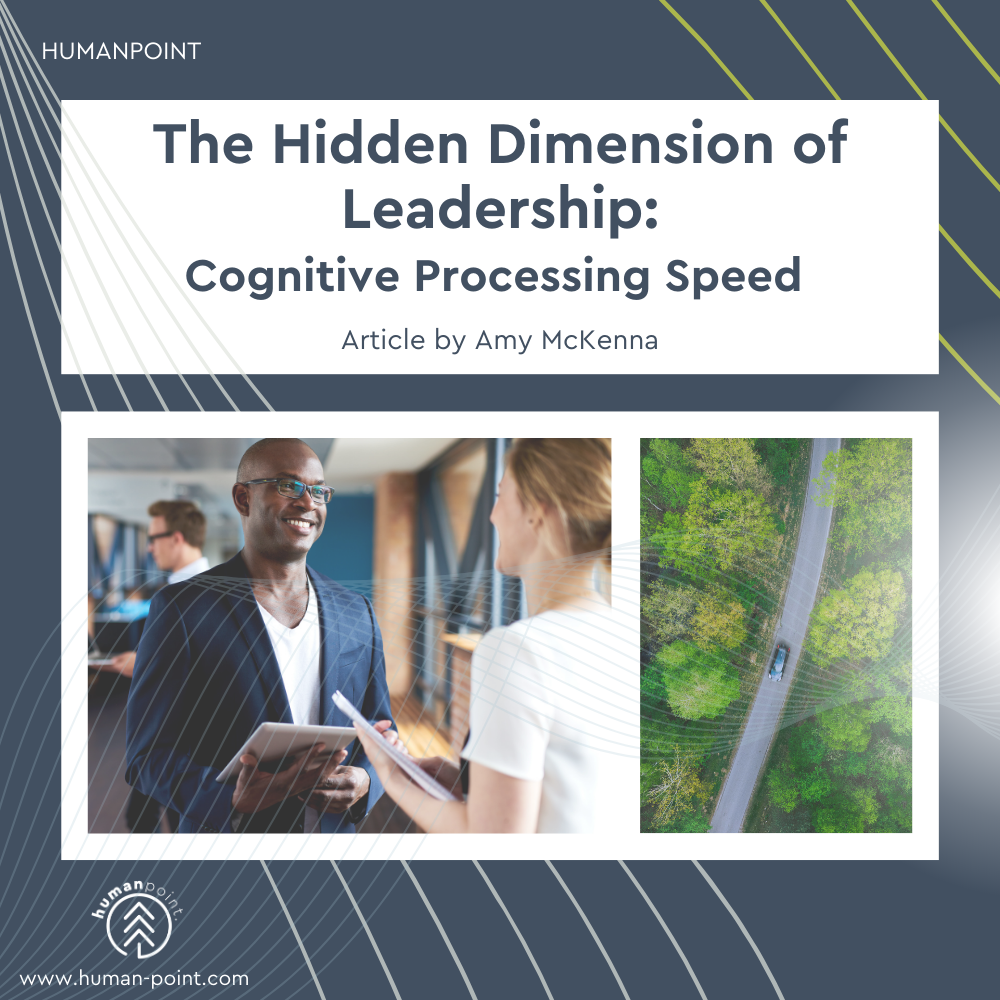In talent management, translating data into actionable insights is invaluable. Leadership 360 Assessment dashboards are powerful tools, turning complex data sets into clear, strategic visualizations.
Effective leadership dashboards should:
1. Provide multiple views of data (e.g., by leader, competency, region)
2. Allow for comparisons against established benchmarks
3. Highlight trends over time
4. Offer drill-down capabilities for deeper analysis
When designing dashboards, consider your audience. C-suite executives might need high-level overviews, while talent teams require more detailed views for planning development initiatives.
Key features to include:
1. Benchmark comparisons
2. Leader rankings across competencies
3. Competency heat maps across the organization
4. Progress tracking over time
Remember, the goal is to facilitate data-driven decision-making in leadership development. Well-designed dashboards enable organizations to identify areas of strength, target improvement areas, and track the impact of development initiatives over time.



